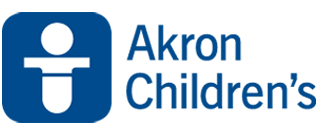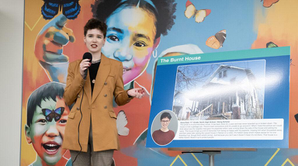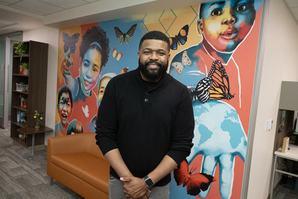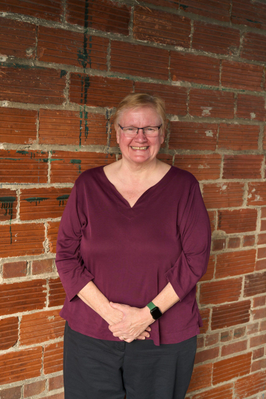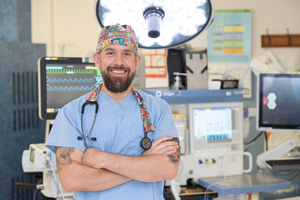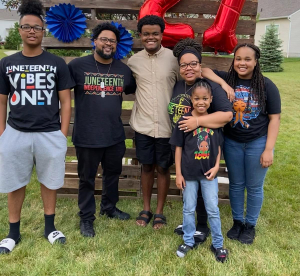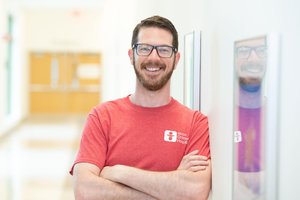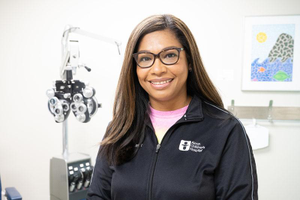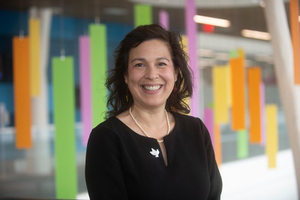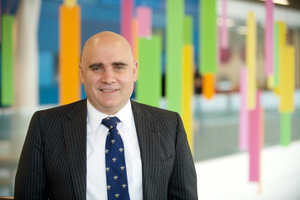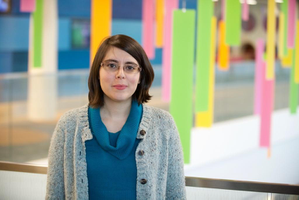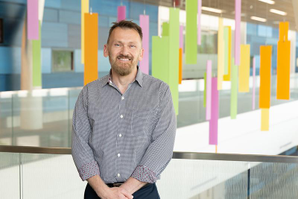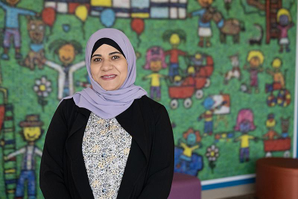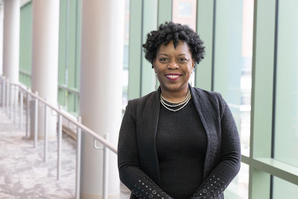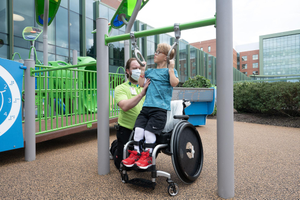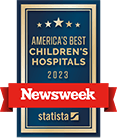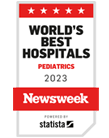Our attention to equity also extends to our staff. It’s our goal to build a diverse workforce that reflects our patient population and represents the communities we serve. We are committed to creating an inclusive, diverse team because different points of view strengthen innovation, performance and engagement, and offer better experiences and outcomes for patients and staff. We are also committed to diversity in the suppliers and vendors we do business with—both large and small—with the aim of driving economic inclusion.
We understand that to succeed we must treat each other with kindness, courtesy, dignity and respect. While the process will be ongoing, we have outlined some goals to help us on our journey:
- Champion diversity, inclusion and equity, and demonstrate respect, and dignity to help our organization to become better.
- Practice intentional awareness to ensure employees, patients and families from diverse backgrounds feel safe, represented and supported.
- Use inclusive language and behaviors and learn about others and their differences, including their religious and cultural beliefs.
- Speak up and hold ourselves and others accountable to treat every person with dignity and respect.
Community Health Needs Assessment
Providing healthcare tailored to the needs of children and families is at the heart of Akron Children's community mission - whether we are expanding care to over 90 service locations, or taking a closer look at the care offered at these locations.
Safe Kids
Akron Children's is the home base for 2 Safe Kids Worldwide® coalitions. Since 1992, Safe Kids Summit County has been based at our hospital in downtown Akron. In 2010, Akron Children’s took the lead on Safe Kids Mahoning Valley, which is based at Akron Children's Community Outreach, Education and Support Center in Boardman. In 2016, Akron Children's became the home of Safe Kids Ohio.
Injury Prevention
Most childhood injuries are preventable, however, on average every year 512 children are admitted to Akron Children's as a result of a serious injury. Another 36,500 are treated for an injury in one of our Emergency Departments. Injuries ranging from schoolyard falls to high-speed automobile collisions are the leading cause of death and disability in children.
To reduce the incidence of childhood injuries, Akron Children's Injury Prevention team offers an array of injury prevention programs designed to educate children, parents and community members.
Reading Program
The Reading Program is dedicated to fostering the development of early literacy skills among children as a standard part of pediatric primary care. Research shows that a child's experiences early in life are critical to their ability to achieve their potential and become a productive member of society.
Vaccine Clinics
Akron Children's held vaccine clinics on both campuses and most pediatric office locations, drive-thru clinics at Health Centers and offered the vaccine at our urgent care locations to enhance availability of the vaccine for everyone.
Diversity Leadership Recruitment and Mentorship
Akron Children's is committed to working with diversity search firms for all open positions at the director level and above. These search firms help our recruitment team identify qualified, diverse applicants for hiring manager interview consideration.
We understand the need to not only recruit but retain a diverse workforce. As part of our retention efforts, we also offer a minority coaching and mentorship program for director level and above positions.
Employee Resource Groups
Employee Resource Groups have been around for decades but have found new relevancy as issues of diversity, inclusion and equity in the workplace affect everyone. These employee-led groups, comprised of members who share certain characteristics (gender, religion, race, ethnicity) are a safe space for employees, and allies who support their colleagues, to be their authentic selves. They create a sense of belonging and inspire new ways to view issues facing the organization and innovate solutions.
Currently, Akron Children’s has Employee Resource Groups (ERGs) for:
- Minority Employees and Allies
- LGBTQ+ Employees and Allies
- Veteran and Military Employees and Allies
Healthcare Careers Academy
When Akron Public Schools was looking to engage business partners throughout the community for their new career academy model to give their graduates a competitive edge, Akron Children’s was the first northeast Ohio organization to come on board. The Akron Children’s Academy of Health and Human Services at North High School offers pathways in health care operations, early childhood education, biomedical science and allied health. In addition to financial support, the hospital offers internships, teacher externships, white-coat experiences, job shadowing and featured speakers.
Bridges out of Poverty
In 2014, the hospital launched Bridges Out of Poverty training to help employees develop a deeper understanding of the challenges faced by patients and their families living in generational poverty. Bridges training offers insight into how economic realities affect patterns of living and teaches staff how to support patients and families living in generational poverty.
Fellows & Residents
Promoting equity and inclusion in our Residencies and Fellowships at Akron Children’s has been at the core of what we do since the inception of our training programs. Over the past few years we have been intentional about formalizing our DEI efforts with the goal of making Akron Children’s a more welcoming and hospitable environment for patients, employees, and trainees from all backgrounds.
Graduate Medical Education Activities Supporting Diversity
GMEC Diversity Equity and Inclusion Subcommittee
Mission/Purpose of the DEI Subcommittee
Mission: Promote diversity, equity, inclusion among our training programs to foster a community that can provide culturally humble care to the patients we serve
Co-Chairs, Chelsea Weyand, Psy. D., ABPP and Kevin Watson, MD
Members:
Resident Representation
Fellow Representation
Office of Diversity, Equity, and Inclusion Representation-Carole Becerra, MPA, CDP
Sabrina Ben-Zion, MD
Sumru Bilge-Johnson, MD
Michael Forbes, MD
Kathryn Mansel, MD
Lisa Miyatake, MD
Abbey Parris, DIO
John Pope, MD
Prabi Rajbhandari, MD
Casandra Solis, OD
Kristen Stefanski, MD
DEI Required Curriculum:
All Residents and Fellows will participate in trainings addressing the following topics:
- Social Construct of Race/Bias and Discrimination in our Society
- Cultural Identity/Intersectionality
- Social Determinants of Health/Health Equity
- Identifying and Addressing implicit Bias and Microaggressions
- Knowledge of Diversity in NEO
- Being Anti-racist/Allyship
All Residents and Fellows also have access to hospital wide DEI trainings and Employee Resource Groups providing additional support for individuals from all backgrounds. Current Employee Resource Groups include:
- Minority Employees and Allies
- LGBTQ+ Employees and Allies
- Veteran and Military Employees and Allies
- All Abilities Employees and Allies
Cultural competence in health care is broadly defined as the ability of providers and organizations to understand that each person has a set of values, beliefs and behaviors shaped by various factors and to integrate these factors into the delivery and structure of the health care system. Some of the ways we strive to achieve cultural competence in our care delivery include:
- Providing interpreter services.
- Recruiting and retaining minority staff and providers.
- Providing training to increase cultural awareness, knowledge and skills.
- Utilizing community health workers.
- Incorporating culture-specific attitudes and values into health promotion tools.
- Including family and community members in health care decision-making.
- Locating clinics in geographic areas that are easily accessible for certain populations.
- Expanding hours of operation.
- Providing linguistic competency that extends beyond the clinical encounter to the appointment desk, advice lines, medical billing and other written materials.
- Utilizing the 4 pillars of patient-centered care (dignity and respect, information sharing, participation and collaboration) to enhance the patient experience.
In 2020, Akron Children’s formed a Health Equity Steering Committee to ensure health equity is a strategic priority for the organization. By identifying 3 high priority concerns the committee is focused on:
- Standardizing processes for collecting and analyzing accurate data on race, ethnicity, primary language, gender identity, sexual orientation, age, and payor method to identify disparities.
- Developing a system for consistently monitoring the organization's Health Equity Index.
- Incorporating processes and elements of physical design to reduce health inequities.
The committee is guided by the following principles:
- Promote enterprise-wide collaboration with a common goal of health equity for all by providing strategic framework to address racial/ethnic and other health disparities.
- Continually defining the meaning of “health equity” as our organization evolves.
- Identify and make recommendations regarding gaps in resources, tools and programs currently in existence and collaborate with others to operationalize organizational approaches.
- Rely on evidence-based practices to gather accurate information and statistics and identify health disparities.
- Initiate well-formed solutions that promote health equity.
- Commit to continuous improvement and improvement methodology to lead or partner in the pursuit of health equity.
We offer these resources to celebrate diversity.

